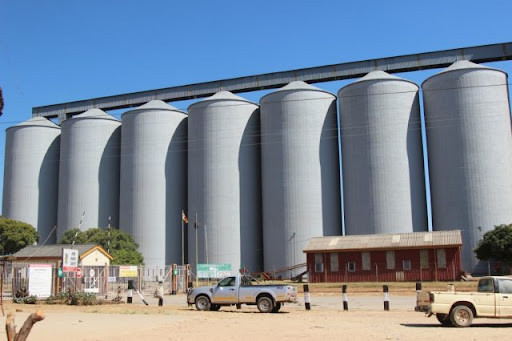
The World Food Programme’s country representative in Zimbabwe, Francesca Erdelmann made a startling announcement last week, that food insecurity in the country was on a par with several war-stricken nations.
She equated the situation in the country to that prevailing in nations such as Ukraine, Gaza, Afghanistan, Yemen and Syria among others, countries that are in midst of devastating conflicts that have displaced millions and plunged more into hunger and starvation.
The southern African country is not at war, but is in the throes of an economic vortex caused by climate change driven drought and currency depreciation.
Elsewhere in this edition, we report that the bulk of the 2023/2024 maize crop is a complete write off following below average rainfall and that over half of the population would require food aid.
According to Erdelmann, the WFP anticipates that over a quarter of Zimbabwe’s population, about 2,7 million people, will run out of grain in the first quarter of this year.
The state of much of the maize crop is such that even if the country was to receive some rains in the short-term, it would not recover.
In some parts of the country, most notably in Matabeleland South, thousands of cattle have already died due to water shortages and thousands more are at risk.
In provinces, farmers were already feeding their livestock on the wilting maize crop, according to reports.
- Mavhunga puts DeMbare into Chibuku quarterfinals
- Bulls to charge into Zimbabwe gold stocks
- Ndiraya concerned as goals dry up
- Letters: How solar power is transforming African farms
Keep Reading
In January, the Grain Marketing Board (GMB) warned that current reserves would last only four months, which means without any additional supplies, the country had enough food stocks to last until next month.
The ‘economic dynamics, currency issues, climatic issues, the poor harvest’ indeed make a deadly converge of challenges that are putting the country at risk of food shortages regularly, according to Erdelmann.
The El Nino phenomenon, erratic rainfall, very high temperatures mean that a number of people will be running out of cereals before the next harvest, she added.
Government has already noted that as a result of the drought, Zimbabwe will only produce half the 2,2 million tonnes of grains it requires annually to feed its people and animals.
It is not just the people at risk because of the drought.
Zimbabwe’s industry is agro-based, which means a shortage of inputs will force company closures and job losses because lay-offs would be inevitable.
Power shortages would likely worsen, because of dwindling water for generation at the Kariba South Power Station.
All these require that government takes appropriate and timely action to provide solutions that do not only avert hunger, but ensures the survival of its industries.











